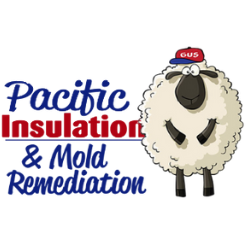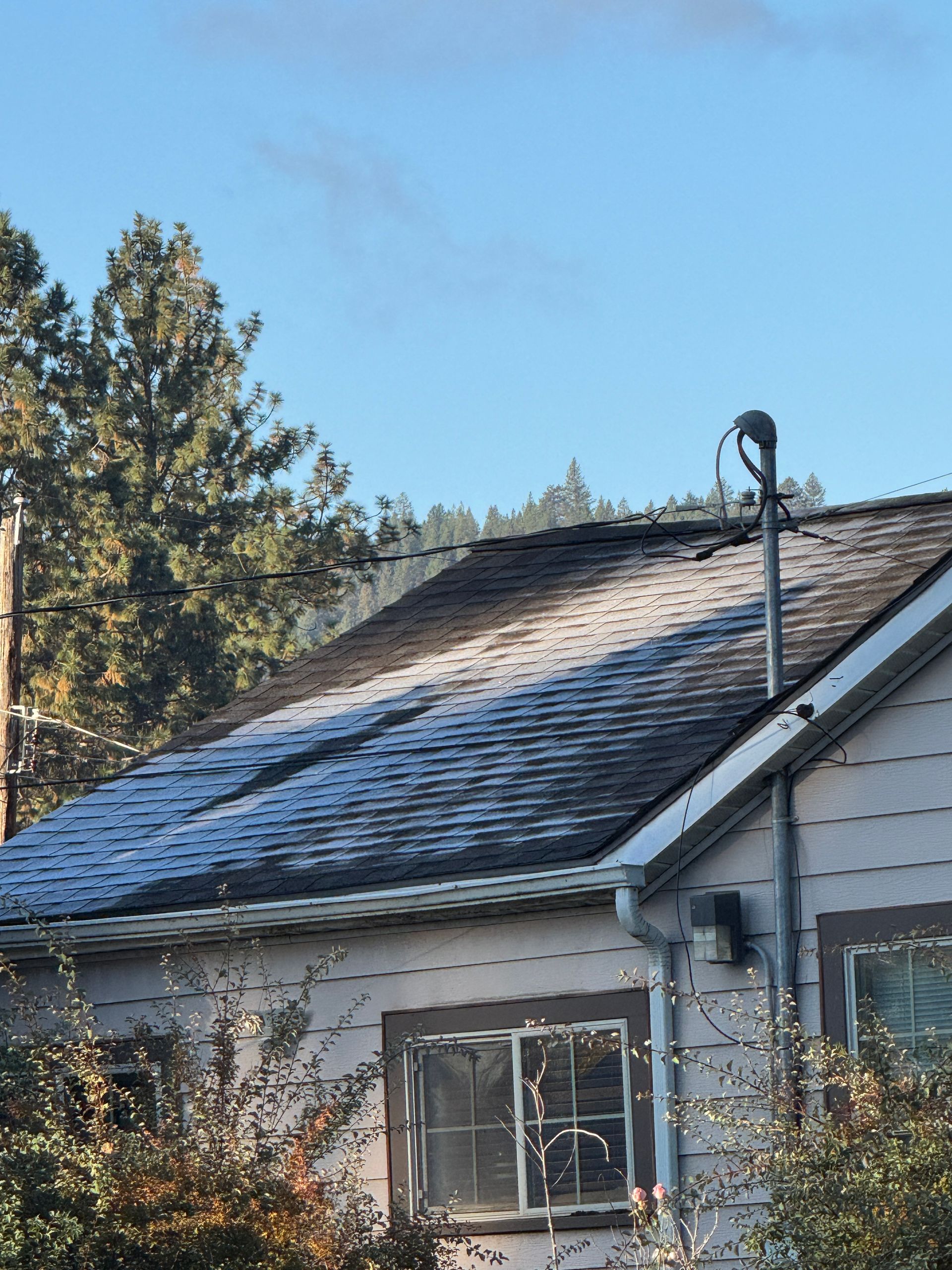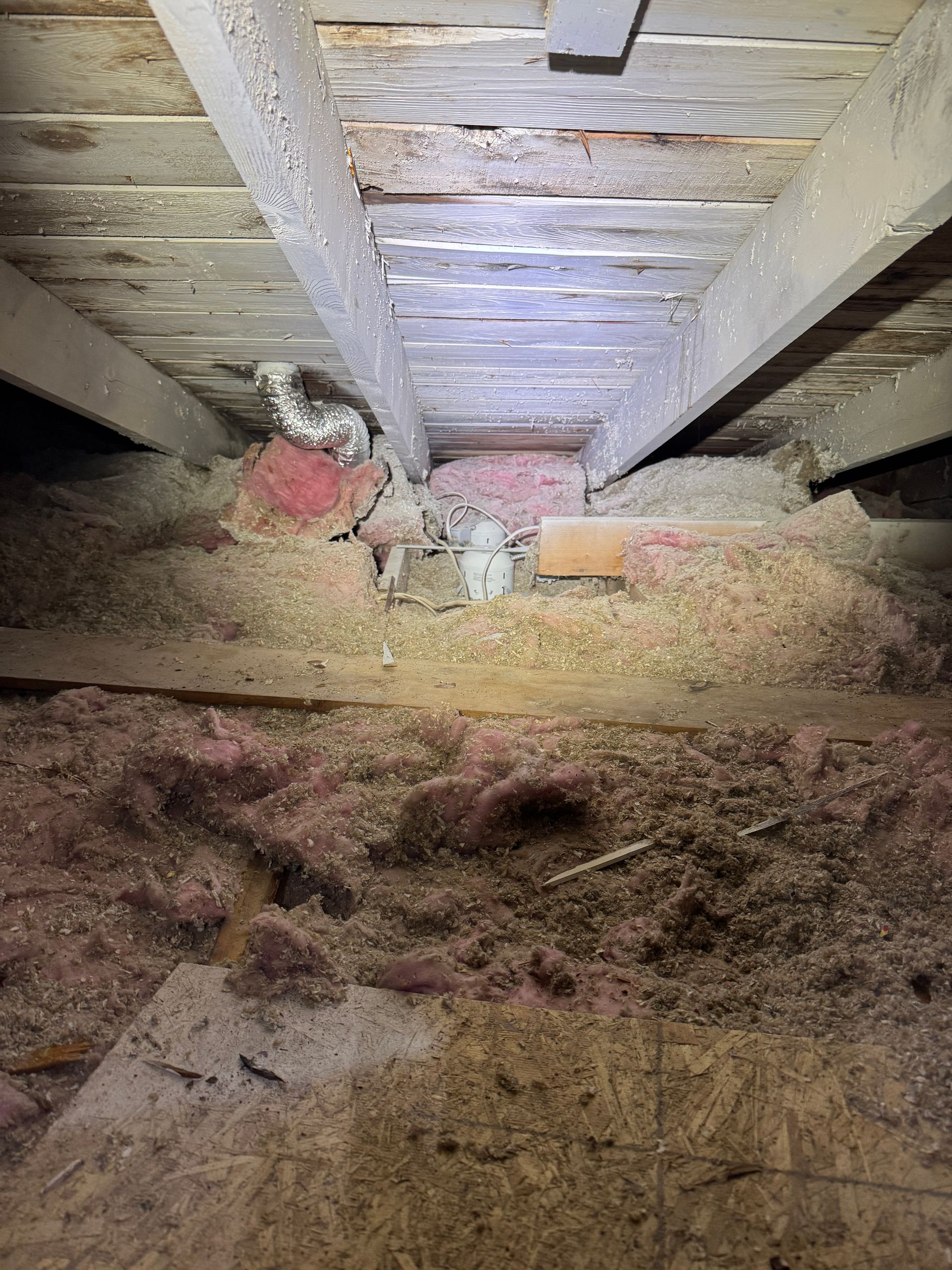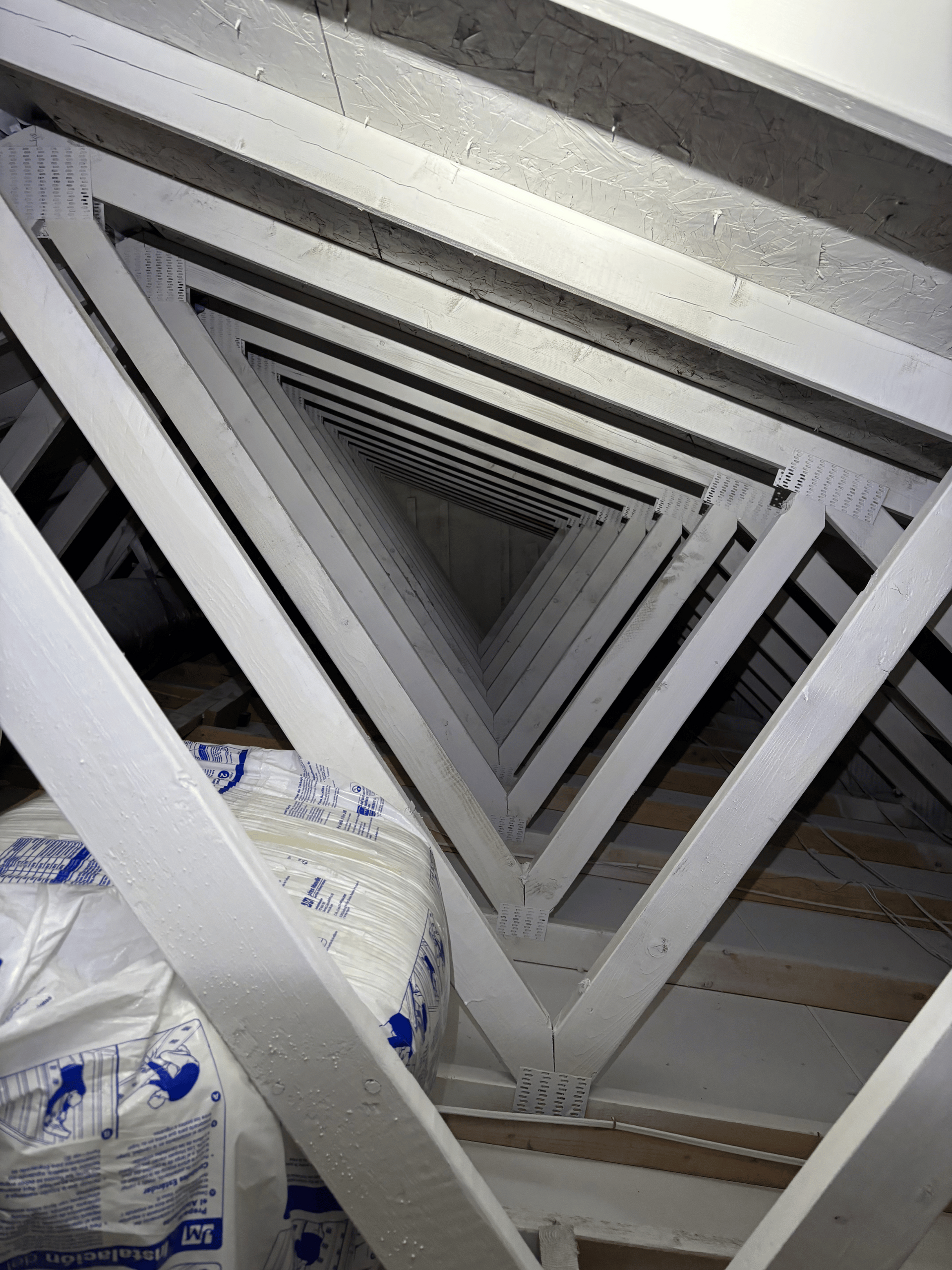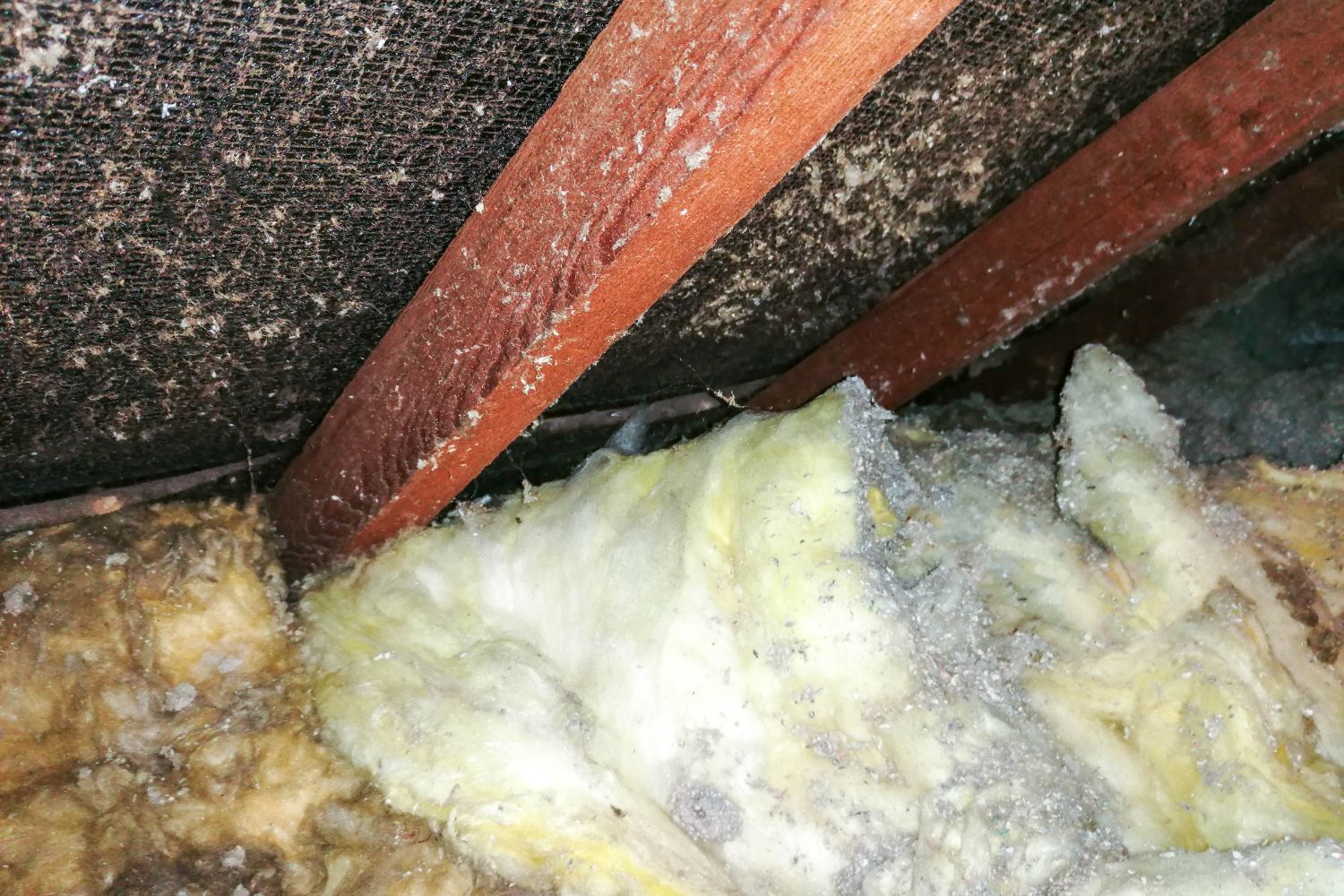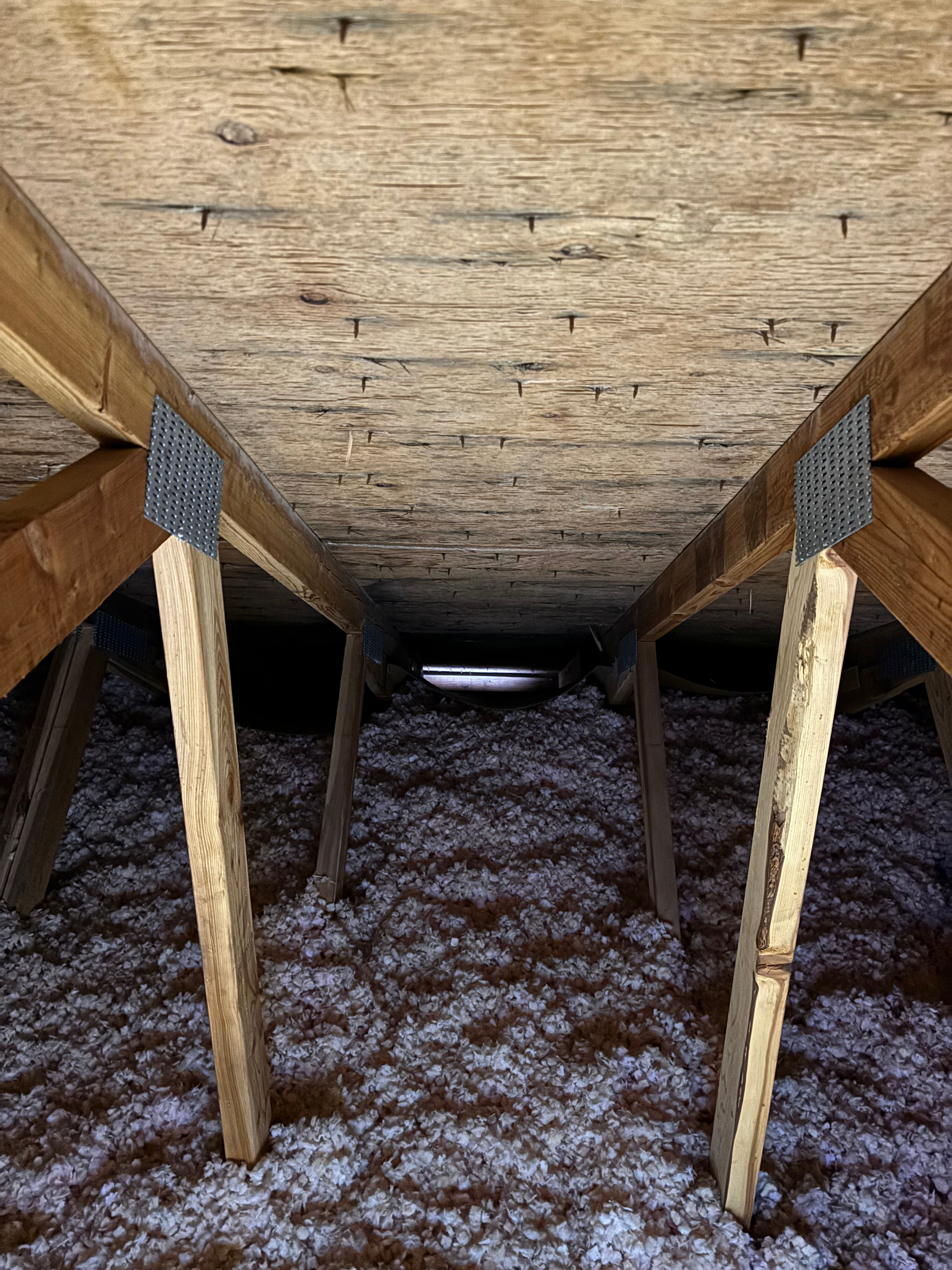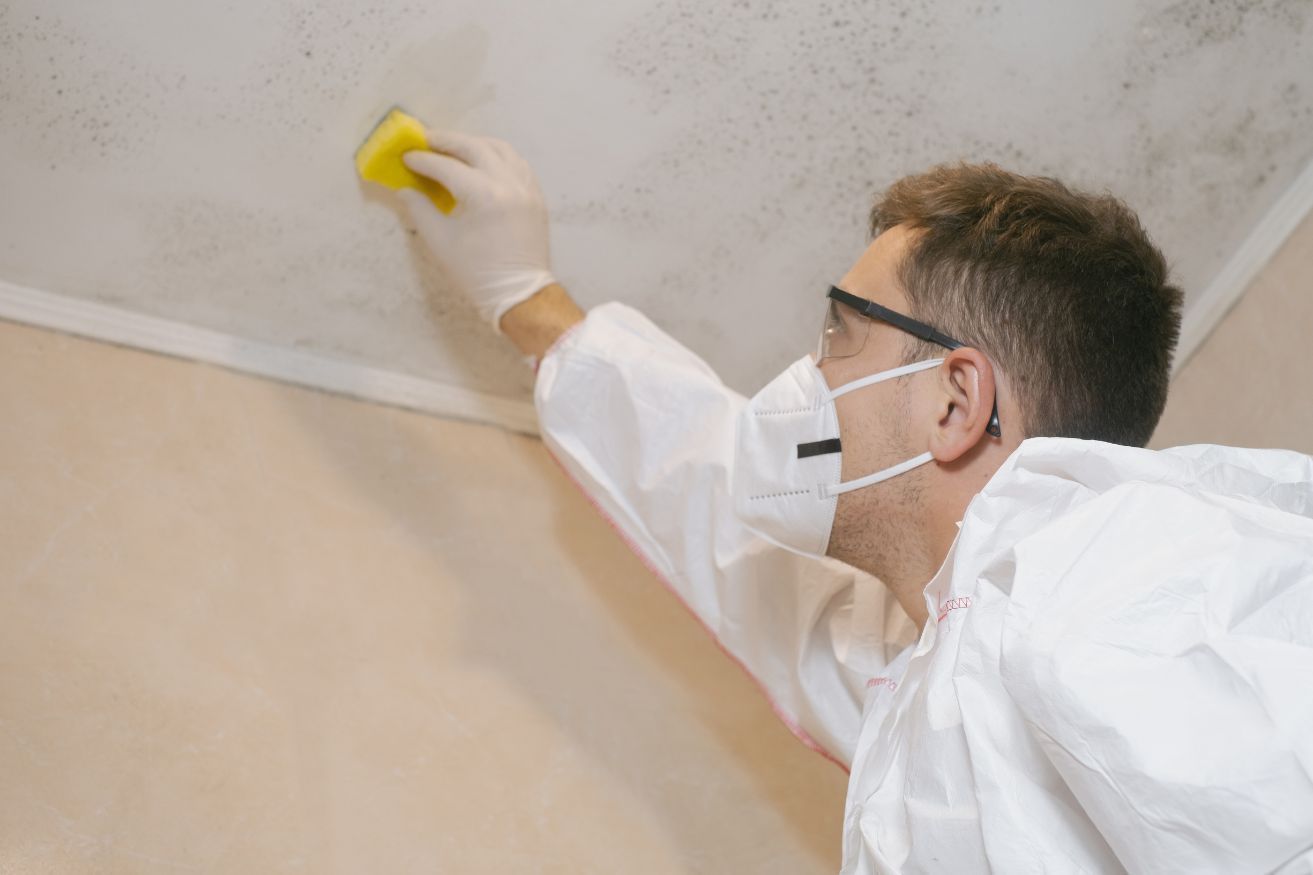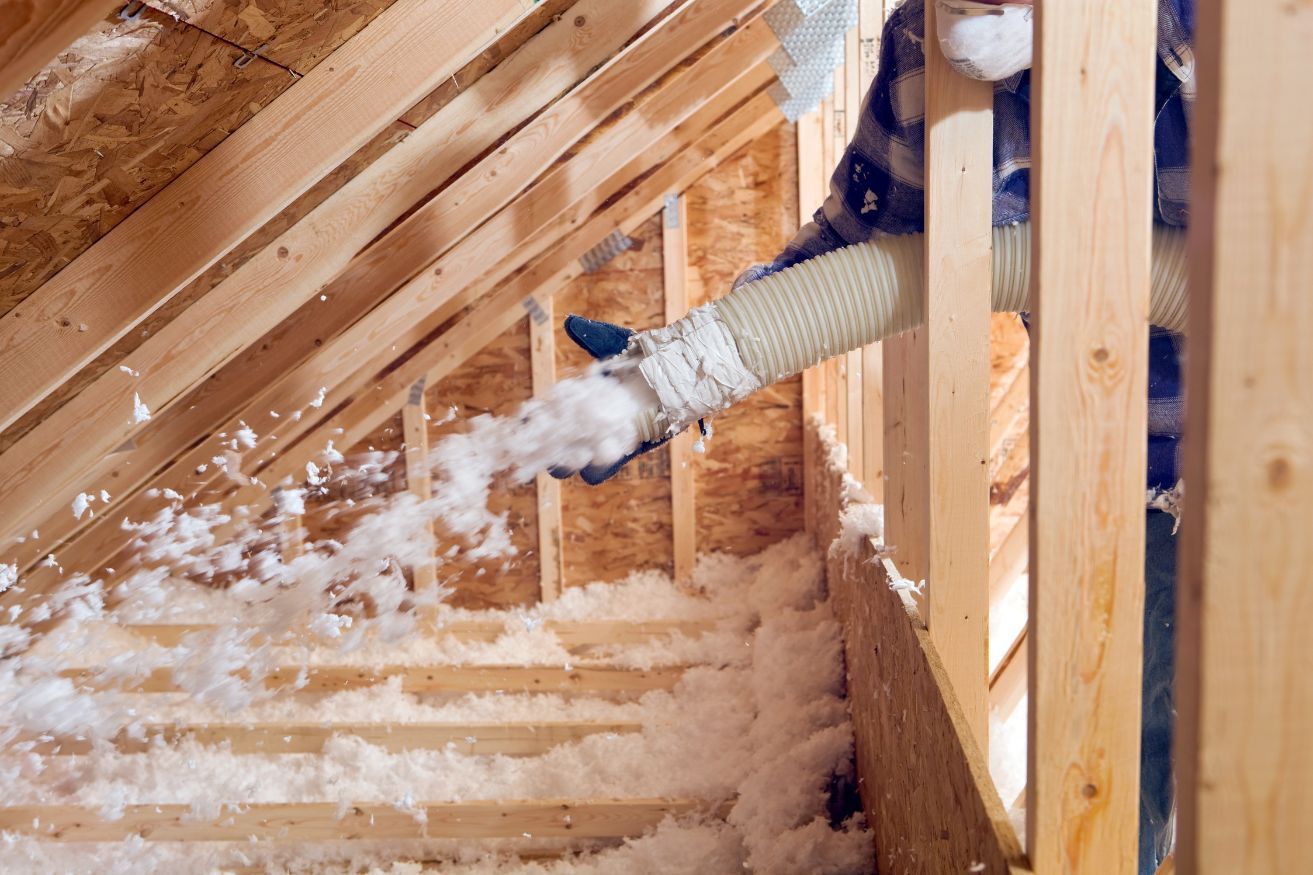$1.75 per sq ft Avista Rebate
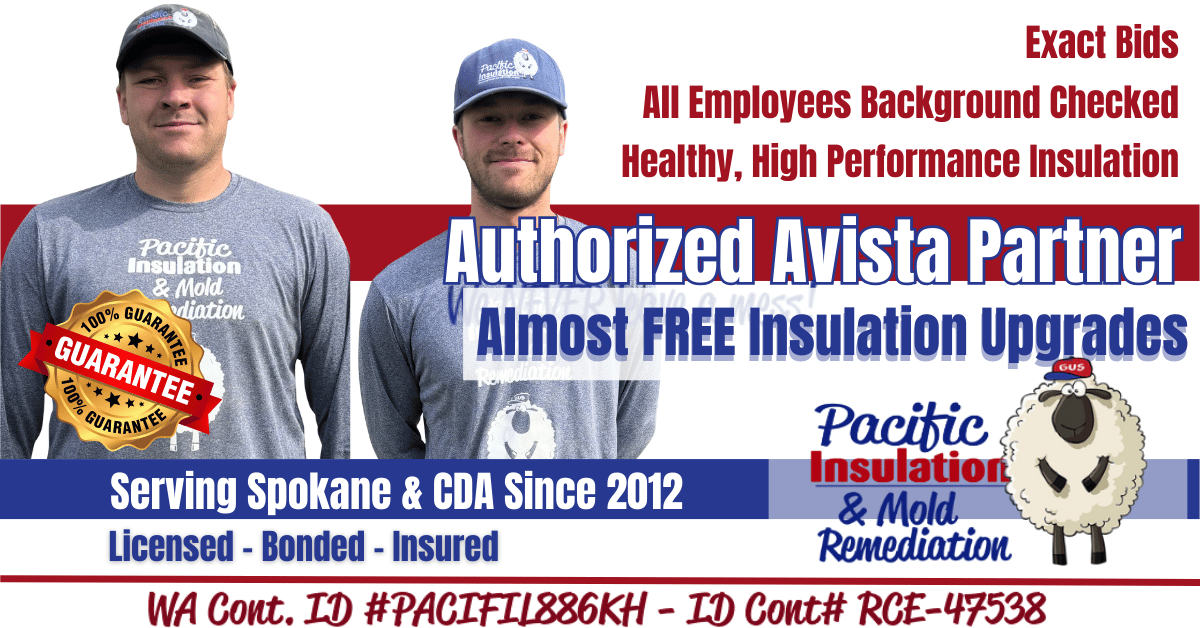
The Avista Home Improvement Program was designed to help homeowners in Spokane, Coeur d’Alene, and the surrounding areas improve energy efficiency, lower heating and cooling costs, and make homes more comfortable year-round. One of the most popular incentives is the Avista insulation rebate, which offers up to $1.75 per square foot for professionally installed attic insulation upgrades. To qualify for these rebates, homeowners must meet specific eligibility requirements to ensure the improvements deliver measurable energy savings.
- First, the property must be a residential home served by Avista Utilities. The program is open to single-family homes, manufactured homes, and qualifying multi-family residences. Commercial properties, rental units without Avista accounts, or homes outside the Avista service area are not eligible.
- Second, the home must currently have low levels of insulation. Avista requires a pre-inspection or documentation showing the existing insulation does not meet recommended R-value standards. For example, many homes built before the 1980s in Spokane have only a few inches of fiberglass batt insulation—well below the energy-efficient levels required today. The rebate is intended for insulation upgrades, not for new construction.
- Third, the work must be performed by a participating contractor in the Avista Home Improvement Program. Homeowners cannot DIY their insulation and still claim the rebate. Approved contractors follow program guidelines, verify existing conditions, install the correct insulation depth, and submit rebate paperwork on behalf of the homeowner.
Additional eligibility requirements include being an active Avista electric or natural gas customer, ensuring that the insulation materials meet Avista’s specifications (such as blown-in cellulose or fiberglass), and completing the project within the program timeline. Some rebates may require combining insulation upgrades with air sealing to maximize efficiency.
By meeting these requirements, Spokane homeowners not only receive substantial rebates but also benefit from improved home energy efficiency, lower utility bills, and greater indoor comfort. The Avista rebate makes insulation upgrades affordable, allowing families to enjoy year-round savings while reducing energy waste.
Proper attic insulation improves comfort year-round, cuts energy costs, and helps prevent issues like ice dams and moisture problems. Many older homes in Spokane and Coeur d’Alene still have insufficient or degraded insulation, leading to higher utility bills and uneven temperatures. That’s where Pacific Insulation & Mold Remediation steps in. As a trusted local contractor, we specialize in blown-in insulation, cellulose insulation, and fiberglass insulation upgrades, ensuring every attic is sealed, efficient, and built to handle the extreme seasons of the Inland Northwest.
Through the Avista Home Insulation Program, qualifying homeowners can receive rebates of up to $1.75 per square foot for professionally installed attic insulation. This makes upgrading more affordable while delivering long-term savings on heating and cooling. By combining air sealing and attic insulation upgrades, your home can achieve maximum efficiency, reducing drafts, lowering energy bills, and improving indoor air quality.
Our process includes inspecting your attic for insulation removal, checking for mold remediation needs, and recommending the best material for your home. We handle every step—installation, cleanup, and rebate paperwork—so you don’t have to. Whether you’re looking to boost home energy efficiency, qualify for insulation rebates in Spokane, or simply make your home more comfortable, Pacific Insulation has the expertise to deliver.
Stop losing money through your roof. With Avista rebates, the upgrade pays for itself faster than ever. Call today for a free attic inspection and find out if your home qualifies.
